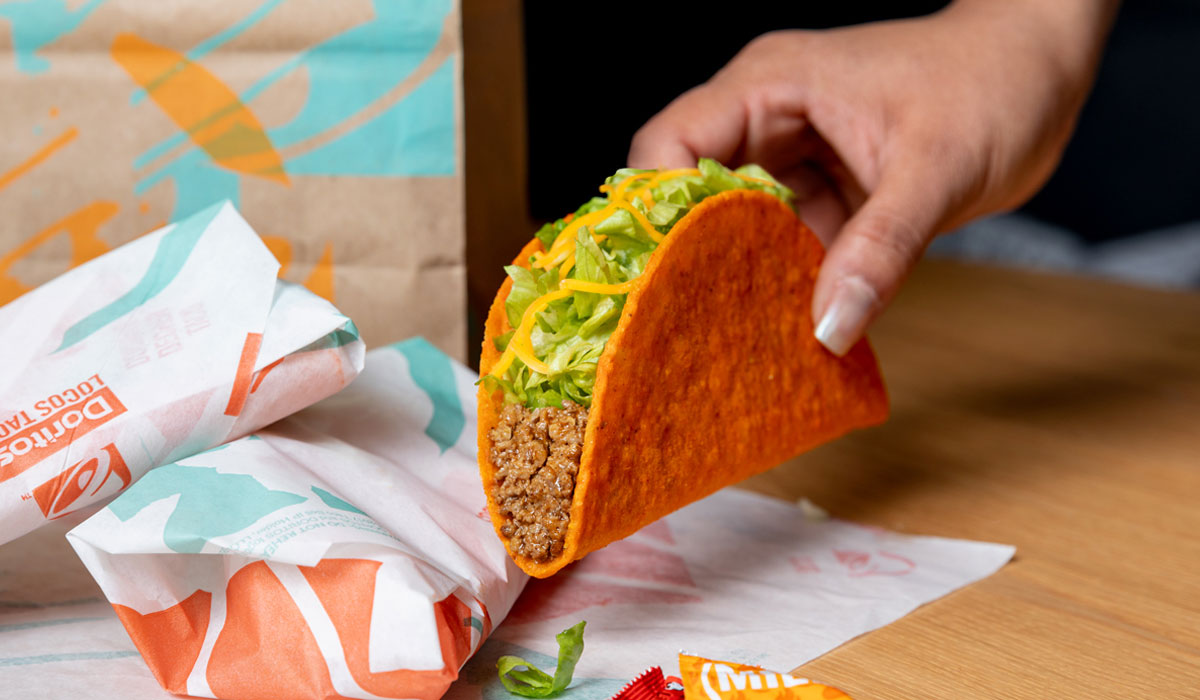In an effort to meet consumer demands and the changing views toward antibiotics in food products, Taco Bell is revising its policy on the amount of antibiotics allowed in its beef.
Beef is the dominant menu protein at Taco Bell, and the taco chain hopes to reduce antibiotics by 25 percent by 2025. This change will affect 98 percent of its global beef supply—and 9.8 million daily orders, the company said in a statement.
The move comes as the next step in a plan to become an industry leader in addressing food supply concerns. In 2014, Taco Bell was one of the first quick-serve chains to begin making changes to animal welfare policies and fighting antibiotic resistance with its food. The brand took the step to eliminate antibiotics in its U.S. chicken supply in early 2017. It’s taken a year and a half to develop a plan to begin reducing antibiotics in the beef supply.
Taco Bell will issue a progress report in 2022 to share if the brand is on track to meet its goal by 2025.
“This is the brand’s latest step in ensuring that flexitarian and meat-loving fans can enjoy menu favorites, like the Beefy 5-Layer Burrito, without having to choose between craveability and responsible food choices,” the company said in a statement.
Taco Bell released a two-part explanation about the strategic approach it will follow in order to meet its goal.
- Taco Bell will give preference to suppliers that:
– Make measured reductions in their use of antibiotics important to human health, as defined by the World Health Organization.
– Increase veterinary oversight to medically treat sick animals, when required.
– Participate in animal husbandry practices that promote antibiotic stewardship.
- Taco Bell will continue to prioritize involvement in collaborative industry efforts:
– Taco Bell participates in the U.S. Roundtable for Sustainable Beef (USRSB), a network of beef experts working toward a purpose-oriented beef supply.
– Through YUM! Brands, Taco Bell has joined the Center for Disease Control’s Antimicrobial Resistance Challenge, a yearlong effort to accelerate the fight against antimicrobial resistance across the globe.
The taco chain follows other quick-serve chains, like McDonald’s, that are reworking their policies to craft a healthier menu down the line. Last December, McDonald’s announced a new antibiotic policy, which applies across 85 percent of McDonald’s global beef supply chain. Unlike Taco Bell, McDonald’s is working with beef producers in its top 10 beef sourcing markets to measure antibiotic levels. Based on the research, McDonald’s will release reduction targets by the end of 2020 and follow up with progress in 2022.
One reason antibiotic use surfaces more in regards to chicken than beef is the fact cattle tend to live longer than chickens. As cited by The Wall Street Journal, 43 percent of the medically important antibiotics sold to the U.S. livestock sector go to the beef industry, compared with only 6 percent for chicken.
Wendy’s said earlier in 2018 it would source about 15 percent of its beef from a group of producers that have committed to a 20 percent reduction in antibiotics fed to their cattle. Chipotle and Panera Bread are among the other chains committed to reducing antibiotic use in beef.








